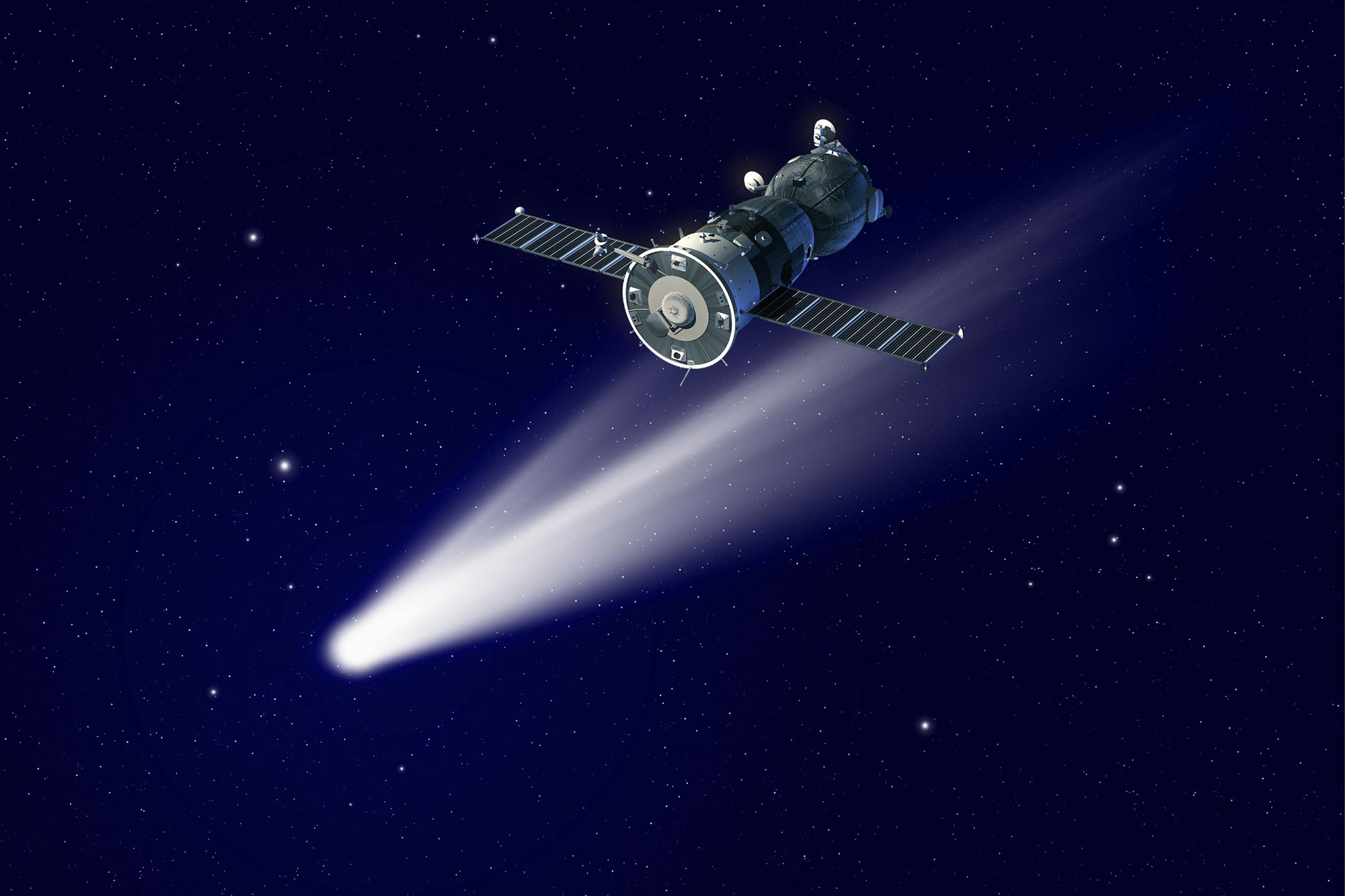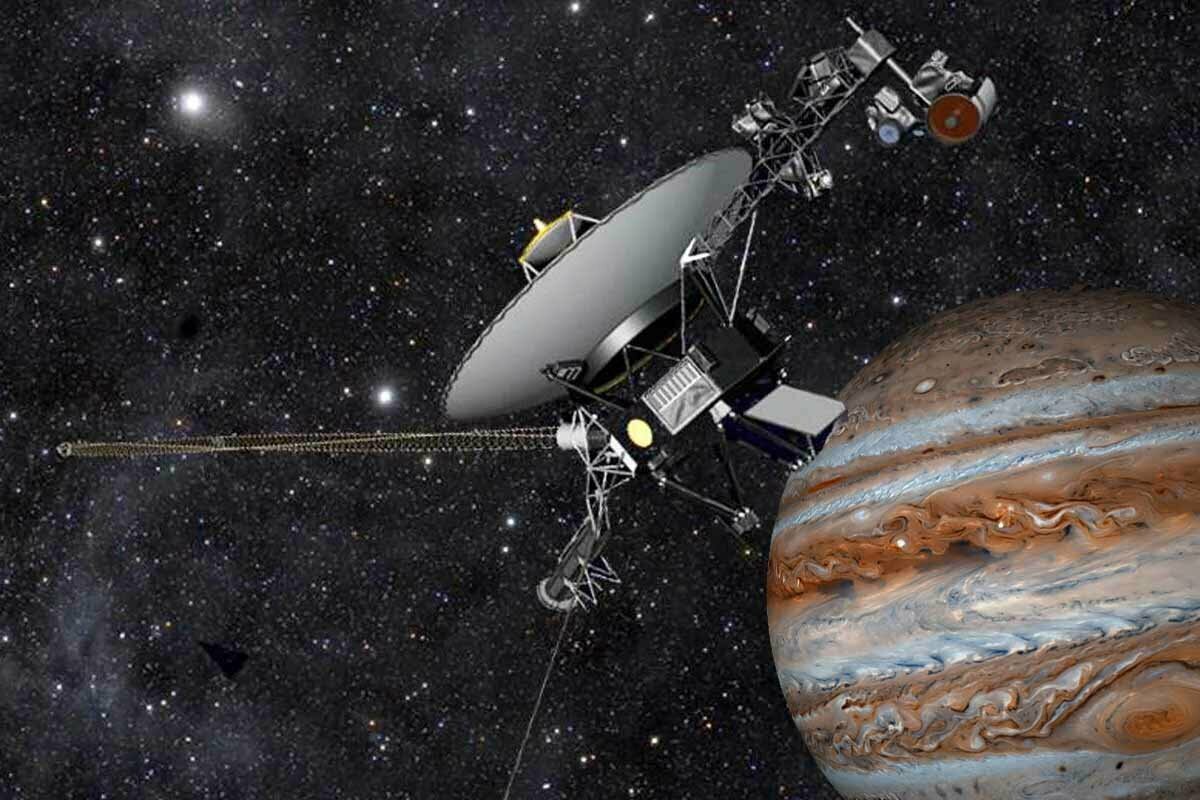The last decade has seen an explosion of incredible space discoveries that have revolutionized our understanding of the universe around us. From the first-ever image of a black hole to the discovery of Higgs Boson, the past ten years have been a remarkable time for space exploration. Here we take a look at 7 of the greatest space discoveries of the past decade and the incredible impact they have had on our perception of the cosmos.
First Interstellar Comet
In 2017 Astronomers discovered the first interstellar comet: Oumuamua. Its unique shape and unusual trajectory have revealed that it originates from beyond our Solar System. This discovery has opened the possibility of further interstellar objects. Its path through our Solar System has revealed clues about its origin. It is estimated that it is around 400m in length, and 10 times as long as it is wide. Its rotation rate is around once every 7.3 hours. It is travelling at an incredible speed, around 200,000km/hour. Its colour is similar to objects found in the Kuiper Belt, indicating that it is composed of icy material.

Gravitational Waves
Gravitational waves were first theorized by Albert Einstein in 1916. Since then, scientists have been working to detect them. On February 11th, 2016, the Laser Interferometer Gravitational-Wave Observatory (LIGO) detected the first gravitational waves. This historic discovery has created a new field of astronomy, allowing us to explore the universe in a new way. Gravitational waves are ripples in space-time created by massive cosmic events like the merging of two black holes or a supernova. As these events occur, they send out a wave of energy that can be detected by instruments like LIGO.

Rover on Mars
NASA’s Curiosity Rover made remarkable discoveries on Mars since 2012. Its mission was to explore the Red Planet’s environment and geology and search for signs of life. The rover is equipped with a variety of sophisticated instruments, such as a robotic arm, a camera, a drill, and a spectrometer. Its findings have helped scientists paint a clearer picture of the planet. Its discoveries include evidence of ancient lakes, evidence of organic molecules, and the presence of methane in the atmosphere.

Black Hole
The world was captivated when the first ever image of a black hole was released – a supermassive one located at the centre of the Messier 87 galaxy, 55 million light-years away. Scientists used a network of eight radio telescopes around the world to capture the image. Data from the telescopes was combined to create a virtual telescope as wide as the Earth itself. This technique, known as Very Long Baseline Interferometry, allowed scientists to observe the black hole’s ‘shadow’. The data was then processed using algorithms to produce the image we now see.

Higgs Boson
Space exploration has unlocked a wealth of knowledge and incredible new discoveries. The Higgs Boson, discovered in 2012, is one of the most remarkable. It explains why some particles have mass, and was predicted by scientists over 50 years ago. Its discovery has opened up a new world of possibilities in the field of particle physics. It has been hailed as one of the greatest breakthroughs in modern science. Through the use of powerful particle accelerators, scientists have been able to observe the Higgs Boson in action.

Voyager Still Going
Voyager continues its incredible journey through the outer reaches of the Solar System. It has been over four decades since Voyager 1 and 2 were launched in 1977. Despite the incredible distance that they have travelled, both spacecraft are still functioning and sending back data. Despite the challenging conditions they face, they continue to explore uncharted territory, gathering data and sending back images that help us to understand the outer reaches of the Solar System.

Water on Mars
Space exploration has revealed that water exists on Mars. Scientists have identified evidence of ice and liquid water on the planet’s surface. Analyses of data from the Mars Reconnaissance Orbiter and other missions have revealed the presence of hydrated minerals. In 2015, researchers announced the discovery of a large body of liquid water beneath the Martian South Pole. This new discovery is an exciting step forward in our understanding of the Red Planet. Additionally, the presence of liquid water on Mars could indicate the potential for life.

